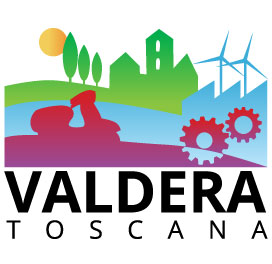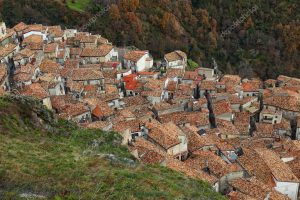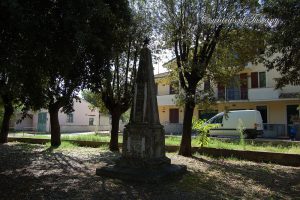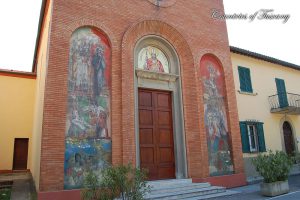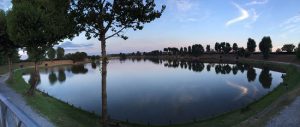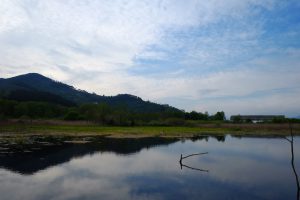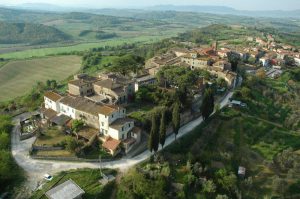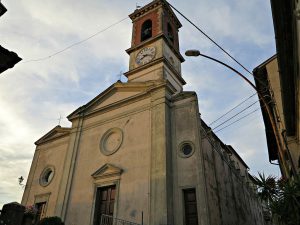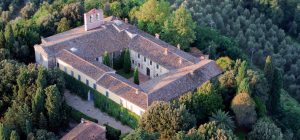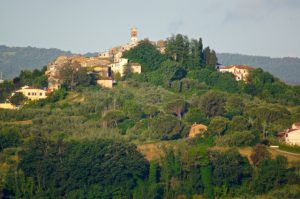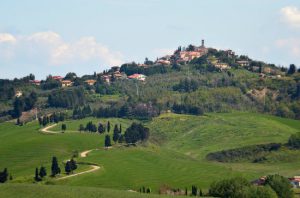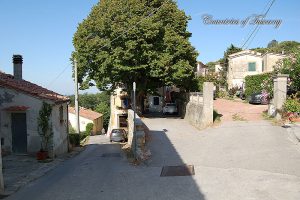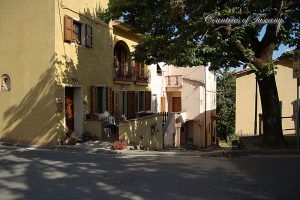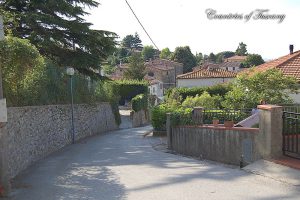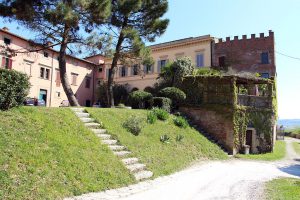San Donato is an hamlet of Santa Maria a Monte municipality, it’s in province of Pisa.
HISTORY
It derive from an hamlet what it changed the ancient name of Pompiano or Poppiano, it changed the name of the ancient church dedicated to S.Donato wich the modern church dedicated to S. Giuseppe and S. Anna, It’s situated 2 miles of distance in south of Santa Maria a Monte.
It’s situated at the bottom of Santa Maria a Monte, the little hamlet of San Donato is located nearby the Arno river.
The fundamental piazza with the church and bell tower are the space where the residents of San Donato live.
The residence were built recently and most of the ancient residences were modernize.
It’s a place that attracts visitors thanks to the beautiful natural space, it offer a restaurant and other services.
It’s the best place for the lovers of the fishing and for family trip.
OASIS LAKE
The lake is distant 1 kilometres from San Donato, it has been drawn from an ancient mine.
In the 1400 Cosimo I° De’ Medici made to divert the course of the Arno’s river because it caused flood and swampland. From here the name of the street where the restaurant rises from Oasis to Lake of San Donato: “Arnovecchio”.
In the ’70s some bulding contractors extract the sand from the ground because it represented a good form of profit.
The emptied surface was about 50.000 square meters, it had a deep of 8/10 meters.
The water is limpid to be filtered from the sand.
The actual management has taken over the 1998. Since then it is in action a trasformation of the buildings and of the habitat.
The banks have been remodel to favor three levels of use:
- on the top floor you can do jogging in a circuit of 1500 meters, where they will position the instruments for a healthly circuit for the care of wellness;
- on the level of lake you can stroll the path in complete relax, you almost walk near the fishermen;
- on the level of the fishermen you can use the cabins that protect the fishermen, the cabins make a suggestive landscape.
The lake has been defined by the FIPSAS “ the most proper for the highest competition “(Final of Italian championship of trout to the lake) It’s representing an ideal of difficulty for fishermen.
INFORMATIONS:
OASIS AT LAKE
of San Donato
EMME. GI. ERRE. srl
Via Arno Vecchio – San Donato
SANTA MARIA A MONTE (PI)
Tel. 0587 709 201
Fax 0587 704 770
Cell. 349 7833485
email: info@lagooasi.it
